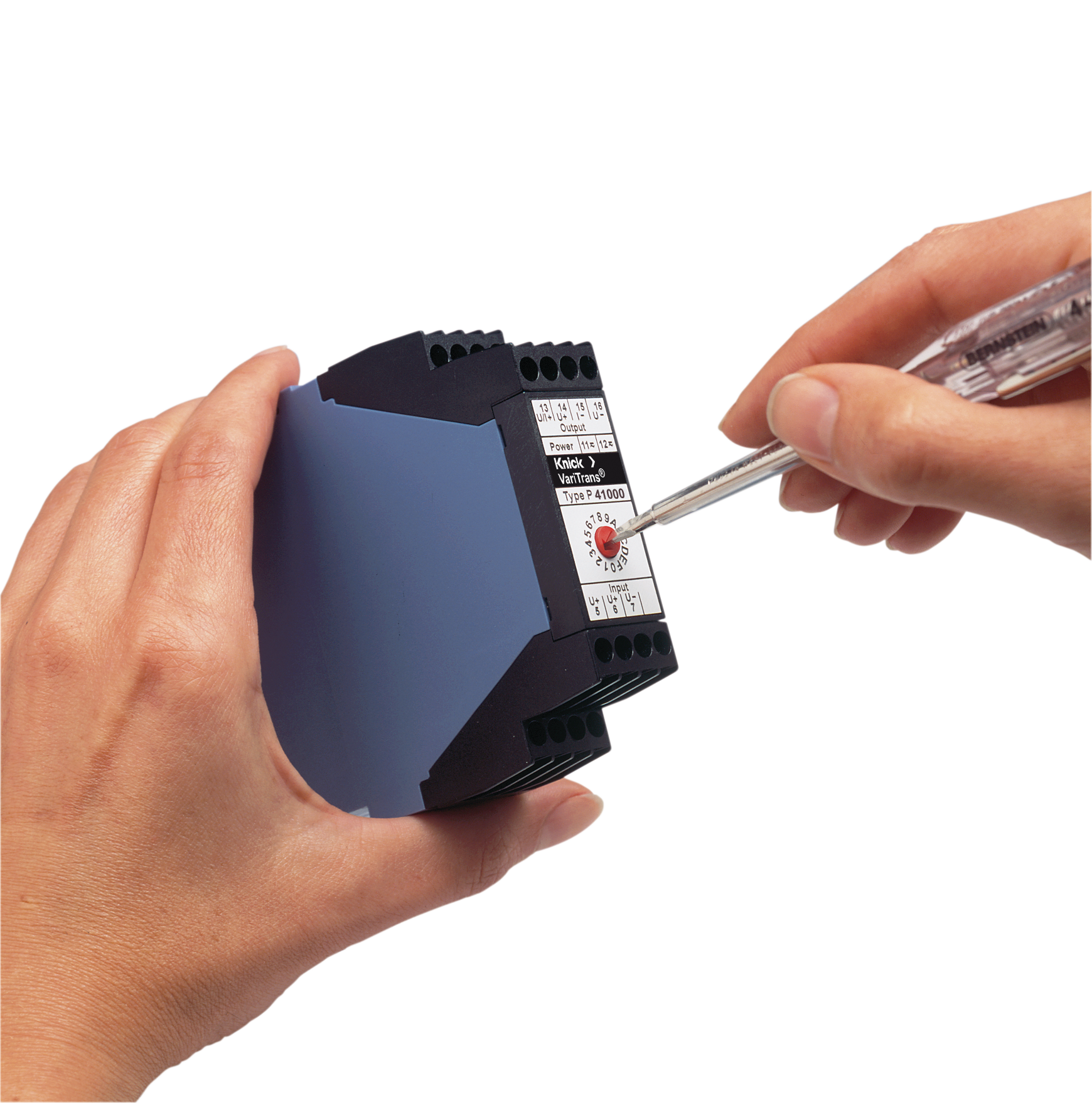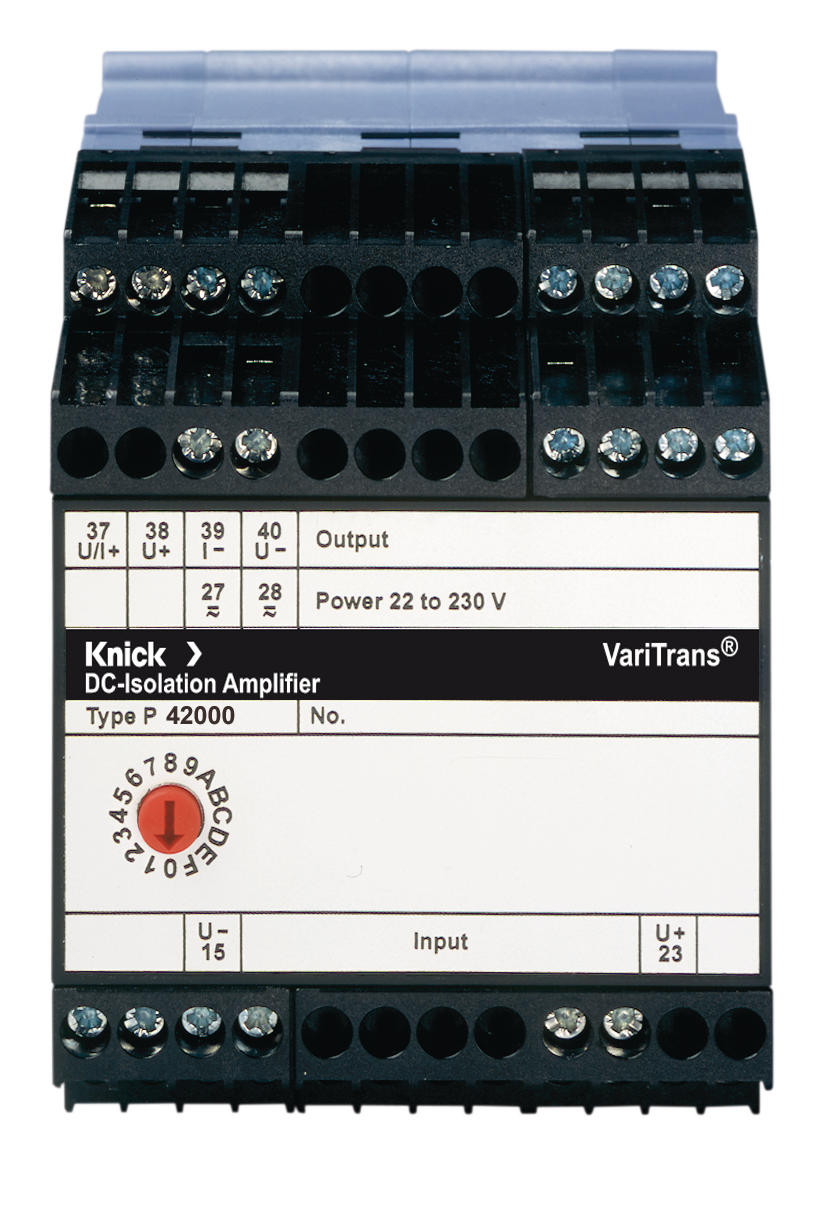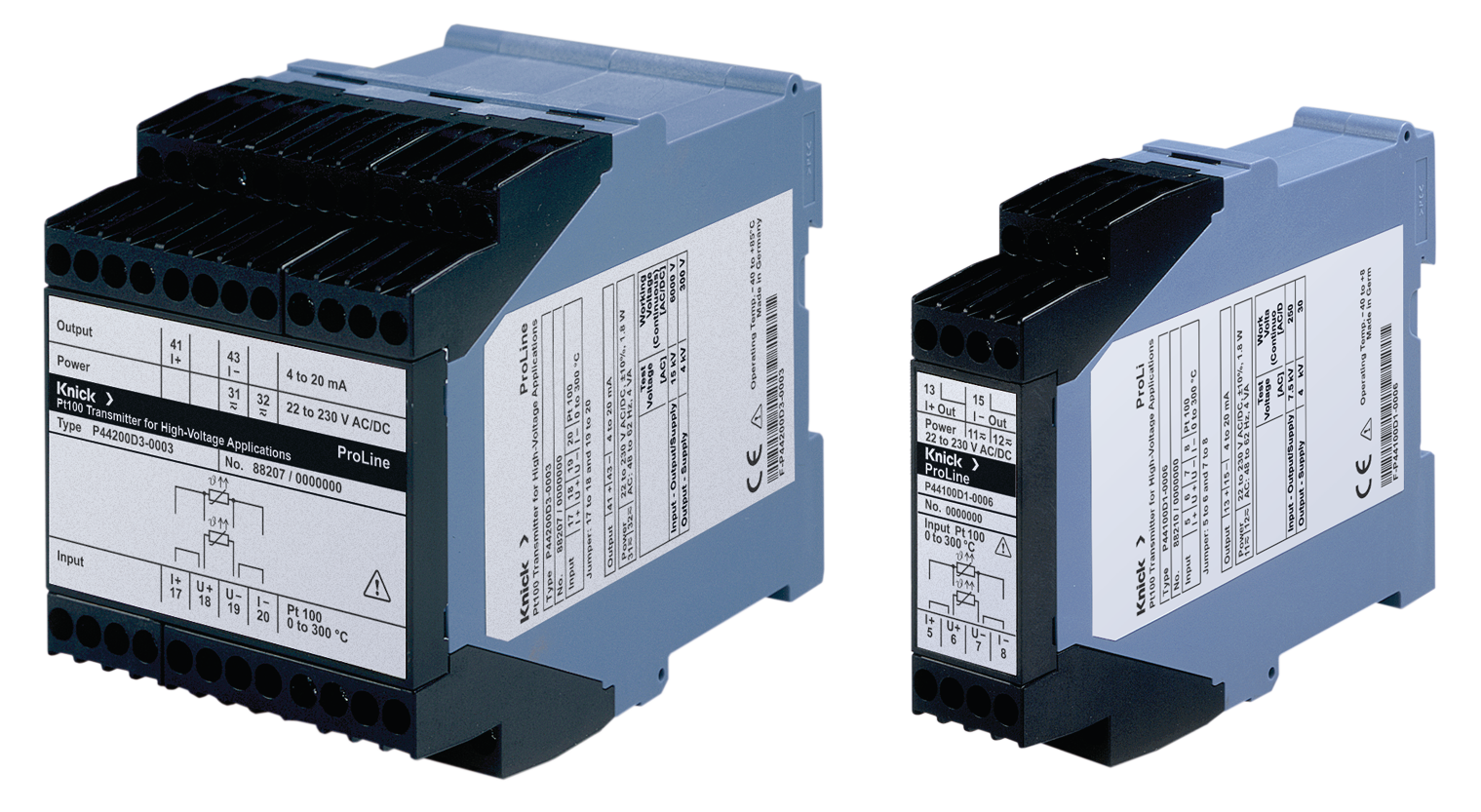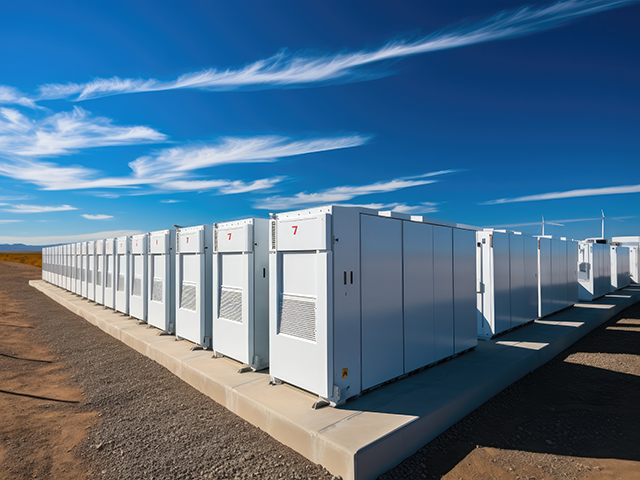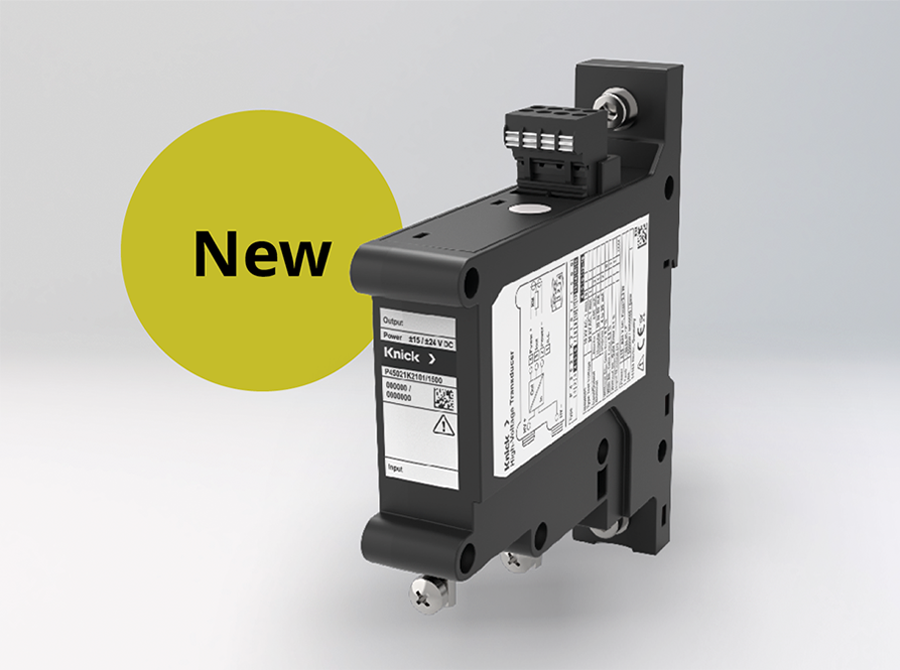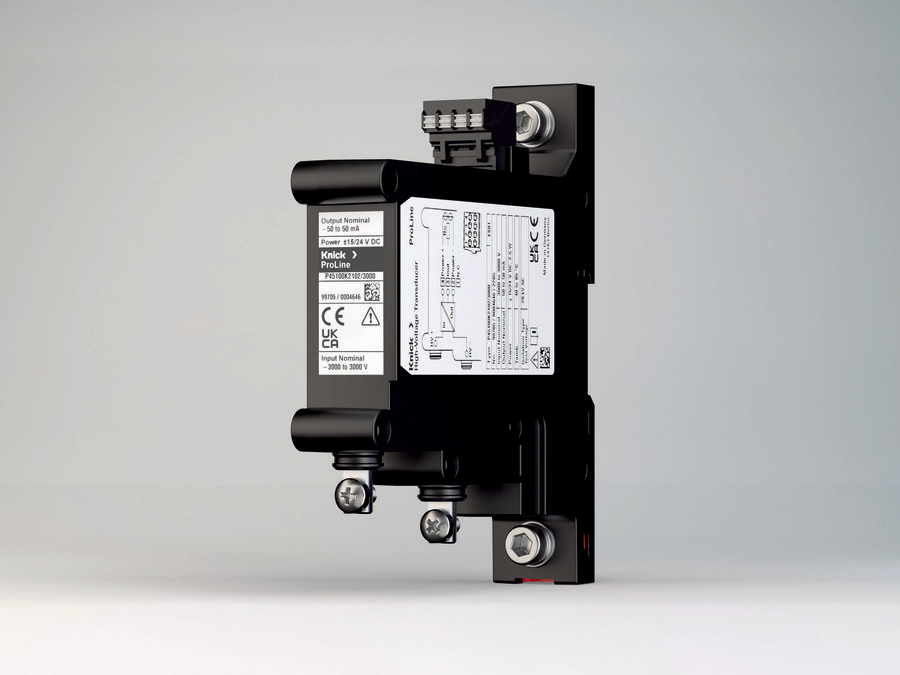Monitoraggio preciso di tensione, corrente e temperatura nei sistemi di elettrolizzatori e celle a combustibile

Keyfacts dell’applicazione
Settore
Monitoraggio e controllo di elettrolizzatori e celle a combustibile
Applicazione
Monitoraggio di tensione, corrente e temperatura in stack e stringhe di elettrolizzatori o celle a combustibile
Parametro di misura
Tensione continua, corrente continua e temperatura – per una produzione sicura ed efficiente di idrogeno ed energia
Requisiti principali
Elevato isolamento fino al livello di stack e stringhe, monitoraggio continuo, stabilità a lungo termine, sicurezza – nessuna ricalibrazione necessaria

Misurazioni con elevato isolamento per il monitoraggio di stack e stringhe in applicazioni a idrogeno
L'idrogeno sta diventando sempre più importante per l'accumulo e il trasporto di energia. Di conseguenza, l'efficienza e la sicurezza dei sistemi di elettrolizzatori e celle a combustibile sono oggi più che mai fondamentali. Questi sistemi funzionano con tensioni continue elevate e richiedono un monitoraggio preciso in tempo reale per garantire un funzionamento sicuro e affidabile. Le misurazioni continue a livello di stack e stringa supportano la manutenzione predittiva e migliorano l'affidabilità complessiva dei sistemi. I trasmettitori Knick sono stati sviluppati appositamente per soddisfare queste esigenze. Offrono un isolamento elevato e permanente in grado di coprire le tensioni tipiche dei sistemi e garantiscono l'affidabilità a lungo termine necessaria per un funzionamento sicuro e senza interruzioni.
Descrizione e requisiti dell'applicazione
I moderni elettrolizzatori e celle a combustibile sono progettati in modo che le singole celle vengano collegate in serie a formare stack, che vengono a loro volta raggruppati in stringhe ad alta tensione. Mentre una singola cella funziona solitamente a circa 3 V, la tensione totale delle stringhe può raggiungere i 1 500 V DC, con una tendenza all'aumento in linea con i crescenti requisiti dell'industria. Per garantire un funzionamento sicuro ed efficiente, è necessario un monitoraggio accurato della tensione, della corrente e della temperatura sia a livello di stack che di stringa per la diagnostica e il rilevamento tempestivo dell'usura. Senza questo monitoraggio, gli operatori rischiano danni ai sistemi di elettrolizzatori e celle a combustibile, con conseguenti ripercussioni sulla sicurezza e una riduzione dell'efficienza della produzione di idrogeno.
In presenza di alte tensioni e di eventuali picchi di tensione, i dispositivi di misura devono garantire una forte separazione del potenziale, non solo rispetto al segnale di misurazione, ma anche rispetto ai potenziali a livello di sistema. Inoltre, la soluzione di monitoraggio deve essere durevole, priva di manutenzione e resistente agli agenti atmosferici, al fine di garantire la sicurezza del personale operativo e dei dispositivi.
Perché Knick?
I trasmettitori Knick offrono elevate prestazioni di misurazione con isolamento continuo leader nel settore fino a 3,6 kV, eccezionale stabilità a lungo termine e una struttura compatta adatta alle guide di montaggio DIN. Sono inoltre ideali per l'integrazione in sistemi di elettrolizzatori e celle a combustibile. Assicurano un monitoraggio accurato di tensione, corrente e temperatura senza necessità di ricalibrazione periodica e raggiungono valori MTBF determinati in base all'esperienza in servizio per un periodo compreso tra diverse centinaia ed alcune migliaia di anni. Questi trasmettitori sono stati sviluppati per sistemi con potenziali elettrici elevati e forti disturbi e garantiscono un funzionamento sicuro e privo di interferenze. Per applicazioni con requisiti di sicurezza funzionale, Knick offre anche soluzioni di monitoraggio certificate SIL, in grado di soddisfare la conformità agli standard di sistema in continua evoluzione nel settore dell'idrogeno.
Conclusione
Con i trasmettitori Knick, gli operatori possono monitorare in modo affidabile le prestazioni dei sistemi di elettrolizzatori e celle a combustibile sia a livello di stack che di stringa, consentendo di individuare tempestivamente eventuali riduzioni delle prestazioni e costosi guasti imminenti. Questo livello di trasparenza favorisce le strategie di manutenzione predittiva, massimizza la disponibilità dei sistemi e garantisce un funzionamento sicuro e continuo in condizioni ambientali difficili come quelle del settore dell'idrogeno.
Knick combina nei propri prodotti isolamento avanzato, stabilità a lungo termine e precisione, garantendo la chiarezza e l'affidabilità necessarie per le misurazioni ad alta tensione. Il nostro impegno per la sicurezza, la precisione e le prestazioni rende Knick un partner affidabile nel settore in continua evoluzione dell'idrogeno.




